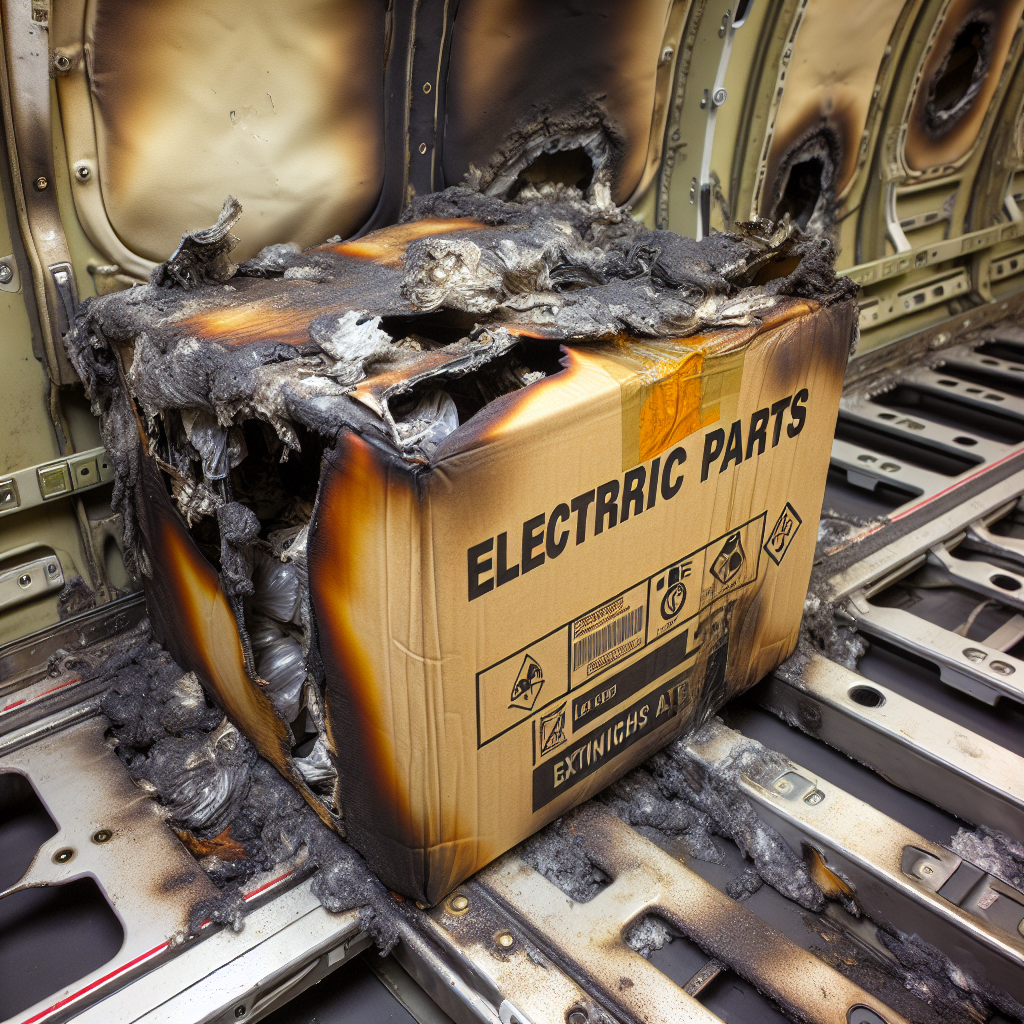
Flight Evacuation: A Close Call with Disaster
Share
On the morning of June 2, 2006, passengers onboard an Air China flight from Guangzhou to Chengdu faced a terrifying ordeal when their aircraft was hastily evacuated during taxiing for departure. The culprit — a fire in the cargo hold, originating from a concealed consignment of lithium polymer batteries. Unbeknownst to the aircraft crew, these batteries, wrongly declared as electric parts, posed a hidden danger that would quickly escalate into an emergency.
As the fire alarm for the lower deck cargo compartment shrieked its warning, the Captain's instincts kicked into high gear. With promptness that could only be instilled through rigorous training, the fire extinguisher system was activated, and the aircraft came to an abrupt halt on the tarmac. Passengers were then evacuated with an urgency that matched the seriousness of the situation.
Upon inspection, a charred package was discovered pressed against the compartment's ceiling, surrounded by burn marks and eleven other boxes of the dangerous cargo. This incident, which ended without casualties or injuries, highlighted a pressing need for stricter regulations on the transportation of potentially flammable materials and underscored the invaluable role of swift emergency response protocols.
 In the wake of the event, a revelation emerges that could transform air travel safety: the FireTowel. This innovative safety device is designed to quell the earliest sparks of a blaze. With a construction that is thicker than a regular fire blanket and equipped with weighted perimeters to trap smoke, the FireTowel also features handles for easy maneuvering and securing after subduing the heat. Had this device been available under each seat during the incident, passengers could have potentially participated in the early containment of the hazard. Emphasizing the FireTowel's life-saving potential can
In the wake of the event, a revelation emerges that could transform air travel safety: the FireTowel. This innovative safety device is designed to quell the earliest sparks of a blaze. With a construction that is thicker than a regular fire blanket and equipped with weighted perimeters to trap smoke, the FireTowel also features handles for easy maneuvering and securing after subduing the heat. Had this device been available under each seat during the incident, passengers could have potentially participated in the early containment of the hazard. Emphasizing the FireTowel's life-saving potential can
